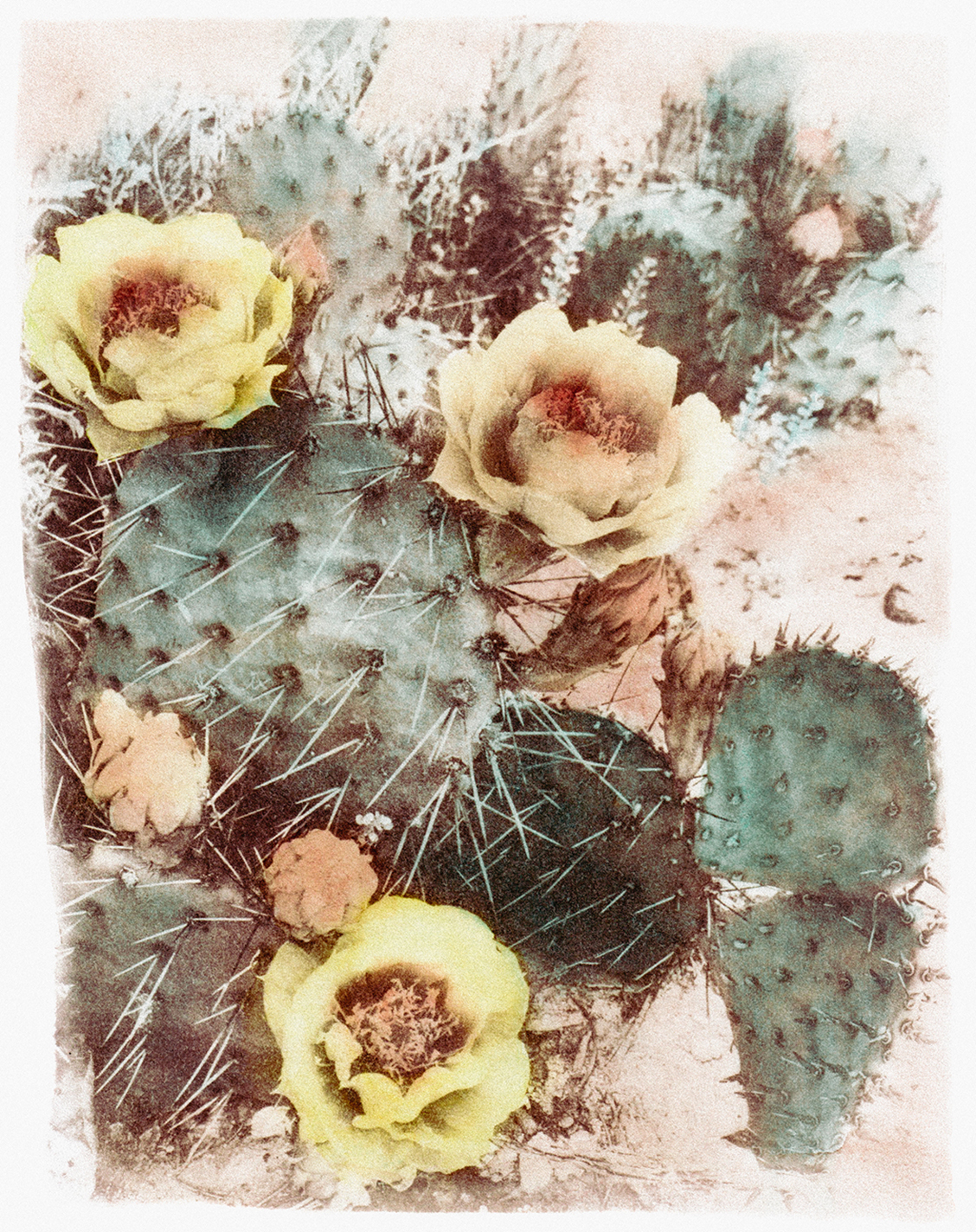Some information may be outdated.
One of the last pieces of art Samantha Metzner created during her time as the 2022 Community Artist in the Parks depicts two yucca plants. As her residency wrapped up, she said, she felt drawn toward the smaller aspects of the desert—the hidden corners and looked over patches of landscape.
“With the yucca, I was veering a little bit away from the more iconic landscapes and focusing in on the smaller things that people don’t really sit and look at for hours,” Metzner said. “And I really enjoyed that: Being able to go on a primitive trail, find a shady spot, and just sit with the yucca for a few hours and observe all the variations in color and shadows.”
The Community Artist in the Parks program runs from April to October. In that time, Metzner spent at least 24 hours each week creating art in the National Park Service’s Southeast Utah Group: Arches and Canyonlands national parks and Hovenweep and Natural Bridges national monuments.
She also interacted with visitors, which created some of her favorite moments of the residency, she said.
“I think a defining moment of the residency was when I was in Arches, and a visitor passing by came up behind me and said, ‘Never stop creating—the world is nothing without art,’” Metzner said. “And that was a moment where I was like, even if I don’t feel like I’m touching that many people, you never know who you’re going to inspire.”
Metzner’s art is two-fold. First, she’ll use her film camera to capture a frame. She then uses a cyanotype or Van Dyke process to print the negative on paper: she’ll coat a sheet of paper in the cyanotype chemicals, lay the negative atop it, and expose it all to the sun, which prints the image. Cyanotype images appear in shades of blue and Van Dyke in shades of brown, so to perfect the art, she’ll watercolor it. In the parks, she split her time between taking photos and watercoloring prints.
She created artwork depicting pieces of the landscape like Mesa Arch, watercolored in shades of pink; Double Arch, in soft oranges and blues and purples; the Needles, richly saturated in red and orange; and more of the small moments—a prickly pear cactus and a moonflower.
The residency, Metzner said, pushed her to embrace watercolors more: she wanted to make her art “a bit more colorful,” she said.
“I definitely did focus a bit more on watercolors than I have in the past, and it was a nice challenge to push myself in that way, and be braver with my medium,” she said.
She challenged herself creatively to make art each day that she was in the parks, despite physical tiredness, troubles with the weather, or saying hello to nearly fifty visitors on busy days. But Metzner ultimately liked the structure, she said, and enjoyed getting to create a cohesive body of work.
“It was nice to just sit in those places for a while,” she said. “It was a really nice way to grow familiar with a space—I think sometimes, especially with the parks, as locals we don’t necessarily visit them all that much … It’s really special to be mindful of how incredible these places are, and recognize why we protect them.”
Metzner said she rarely revisits her work—once she exposes a negative and watercolors it, she likes to move on to the next one. But the parks pieces feel different, she said: she wouldn’t want to redo the originals but can imagine herself making new versions of them. Now, Metzner said, she wants to keep the momentum going. She doesn’t have a specific project in mind, she said, but she’s excited to keep making art.
You can follow along with Metzner on Instagram @samantha.jade.art.
Appreciate the coverage? Help keep local news alive.
Chip in to support the Moab Sun News.





